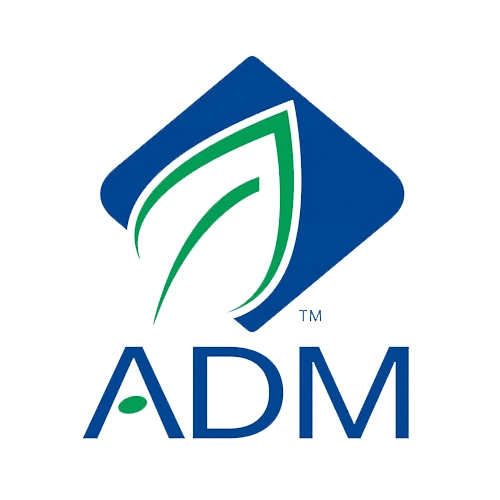
EVERYTHING YOU NEED TO KNOW ABOUT VARIABLE MESSAGE SIGNS
Variable Message Signs (VMS) are a common sight on highways and urban roads, providing important information to drivers about traffic conditions, weather alerts, and travel times. Variable Message Signs (VMS) are an essential component of modern transportation systems.
These electronic signs, also known as “dynamic message signs,” provide drivers with real-time information about road conditions, traffic congestion, weather updates, and other essential information. As such, VMS is a critical component of effective traffic management, enabling transportation officials to respond to changing conditions quickly and efficiently.
In this blog, we’ll cover everything you need to know about VMS, from how they work, their types, benefits, applications, and considerations when choosing them, to best practices for implementation, maintenance, and repair, and the future of VMS.
What are Variable Message Signs (VMS)?
Variable Message Signs (VMS) are electronic signs that display messages to drivers in real-time. They can display text, symbols, and images, making them an effective way to provide information to drivers quickly. VMS signs are commonly used on highways, toll roads, bridges, tunnels, and other major roadways.
Types of Variable Message Signs
There are several types of Variable Message Signs available in the market, including full-matrix signs, line-matrix signs, and graphic signs. Full-matrix signs are the most common type of VMS and offer the most flexibility in displaying messages.
Line-matrix signs, on the other hand, can display only one line of text at a time. Graphic signs display images, making them suitable for displaying traffic maps or images of hazards.
How Do Variable Message Signs Work?
Variable Message Signs work by using LED or LCD technology to display messages to drivers. They are connected to a central system that collects real-time data about traffic, weather, and other factors.
The system then uses this data to display messages on the VMS signs, providing drivers with information that can help them make informed decisions about their travel plans.
Benefits of Variable Message Signs
The benefits of Variable Message Signs include improved safety, reduced traffic congestion, and better traffic flow. By providing real-time information to drivers, VMS signs can help reduce accidents caused by poor visibility, weather conditions, and unexpected hazards.
They can also help reduce traffic congestion by providing drivers with information about alternate routes and road closures.
Applications of Variable Message Signs
Variable Message Signs are used in a variety of applications, including traffic management, emergency management, and public transportation. They are commonly used on highways to display information about traffic conditions, construction work, and other hazards.
They are also used in emergency management to provide information to drivers about evacuation routes and other emergency procedures. In public transportation, VMS signs are used to display information about arrival and departure times, delays, and other service-related information.
Considerations When Choosing Variable Message Signs
When choosing VMS, there are several considerations to keep in mind. First, it’s important to consider the location and purpose of the sign. Different signs are better suited for different situations, so it’s important to choose the right one for the job. Factors to consider include the size of the sign, the viewing distance, the speed of traffic, and the level of ambient light.
Other factors to consider when choosing VMS include the message display capabilities, such as whether the sign can display full-color graphics, and whether it can be programmed to display multiple messages. The type of control system used, such as a wired or wireless system, is also important, as is the power source for the sign.
Best Practices for Implementing Variable Message Signs
To ensure that VMS is effective and safe, it’s important to follow best practices for implementation. This includes conducting a thorough site assessment to determine the optimal location and orientation of the sign, as well as ensuring that the sign is properly installed and secured.
Another best practice is to ensure that the message displayed on the sign is clear and concise and that it’s promptly updated to reflect changing traffic conditions. This can be done using a variety of technologies, such as radar or GPS-based sensors that detect traffic flow, weather conditions, and other variables that affect driving conditions.
Maintenance and Repair of Variable Message Signs
Like any piece of equipment, VMS requires regular maintenance and repair to ensure optimal performance and longevity. This includes routine inspections to check for damage or wear and tear, as well as cleaning the sign to remove dirt and debris that can impair visibility.
In addition, VMS may require repairs from time to time, such as replacing damaged or burned-out LED lights or repairing damage to the housing or mounting brackets. It’s important to work with a qualified technician who is trained to repair and maintain VMS to ensure that the work is done safely and correctly.
Future of Variable Message Signs
As technology continues to evolve, so too does VMS. In the future, we can expect to see more advanced VMS that use real-time data to provide drivers with more accurate and timely information.
This may include using sensors to detect traffic congestion and automatically adjust messaging to help alleviate congestion, or using artificial intelligence (AI) to analyze traffic patterns and make recommendations for optimizing traffic flow.
In addition, VMS may become more integrated with other traffic management systems, such as intelligent transportation systems (ITS), to provide a more comprehensive view of traffic conditions and improve overall traffic management.
Conclusion
In conclusion, VMS is an essential tool for effective traffic management, providing drivers with important information about traffic conditions, weather alerts, and travel times. By following best practices for implementation, maintenance, and repair, we can ensure that VMS is safe, effective, and reliable.
As technology continues to evolve, we can expect to see even more advanced VMS that uses real-time data and AI to provide drivers with more accurate and timely information
Regardless of the specific technology used, VMS will continue to play a critical role in managing traffic and keeping drivers safe on the road. Overall, VMS signs play a vital role in ensuring the safety and efficiency of our transportation systems.





















